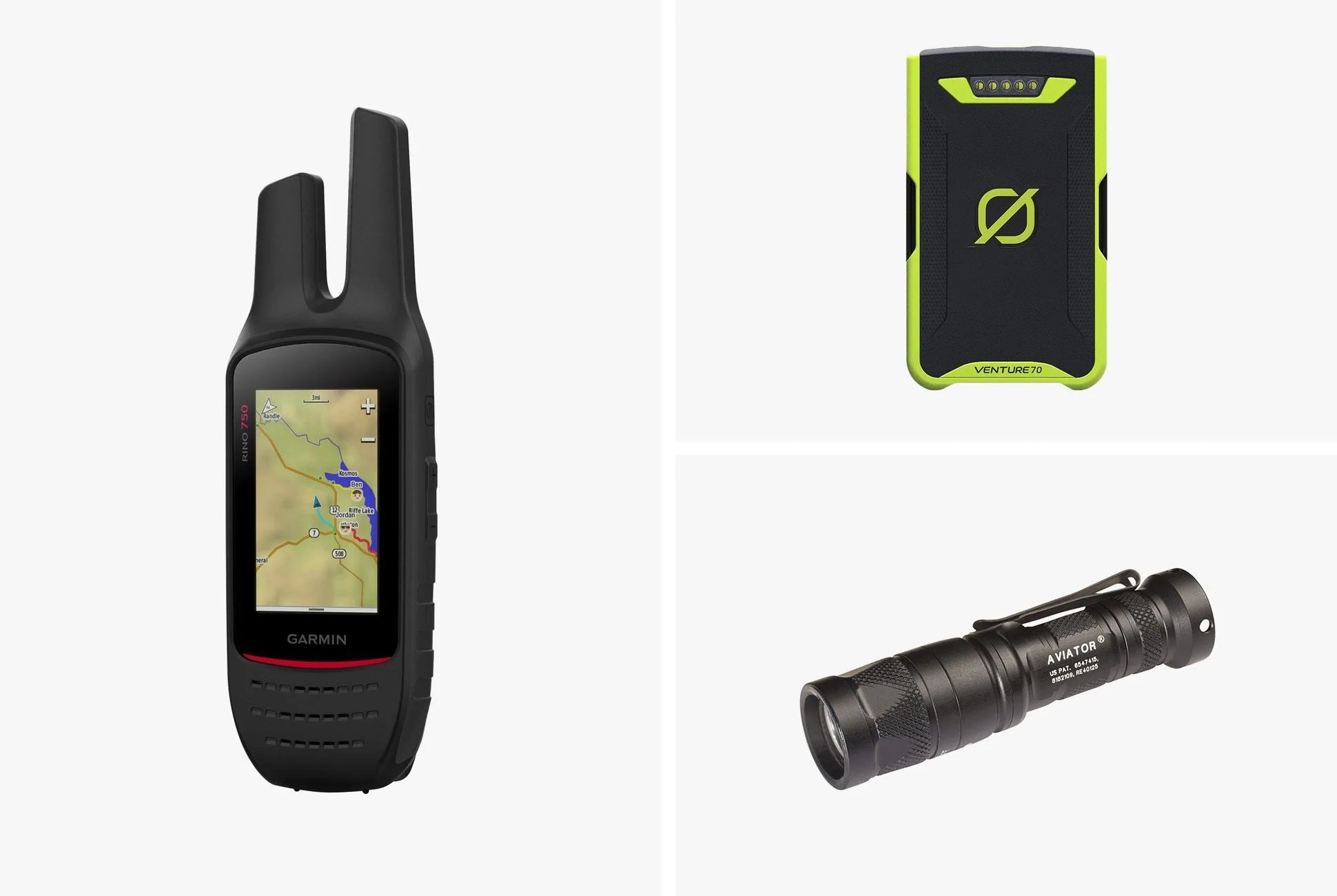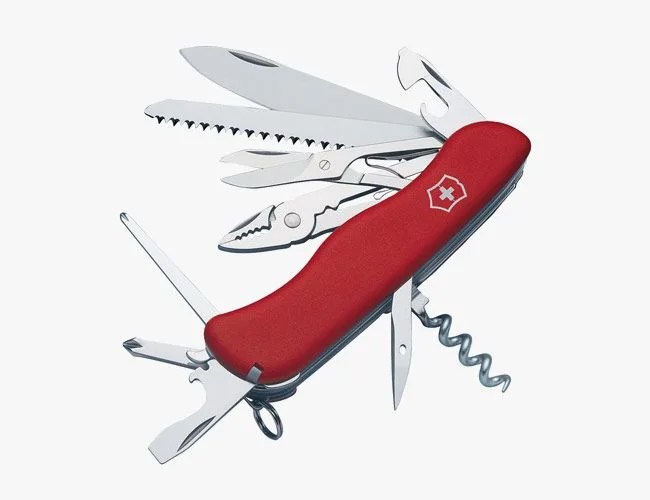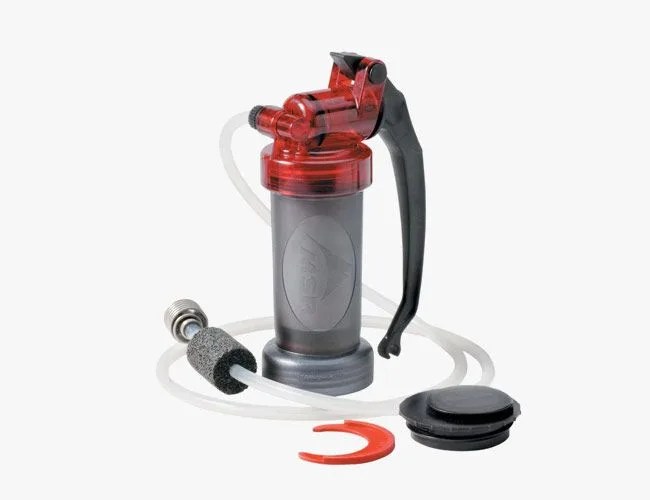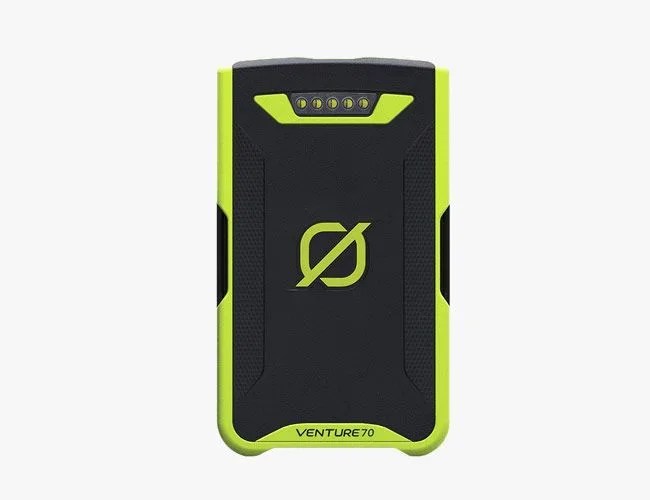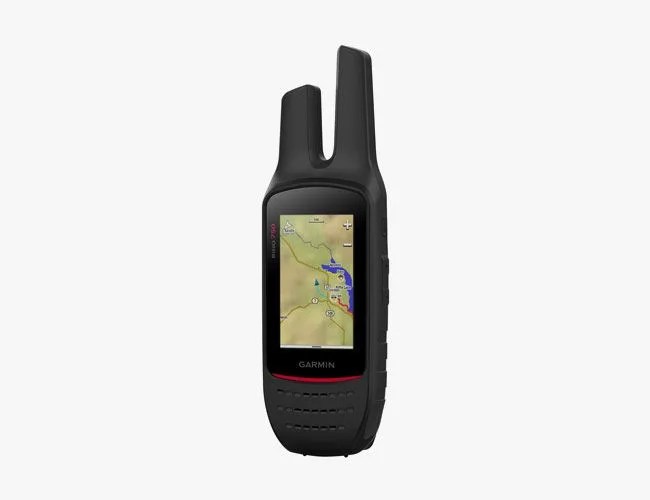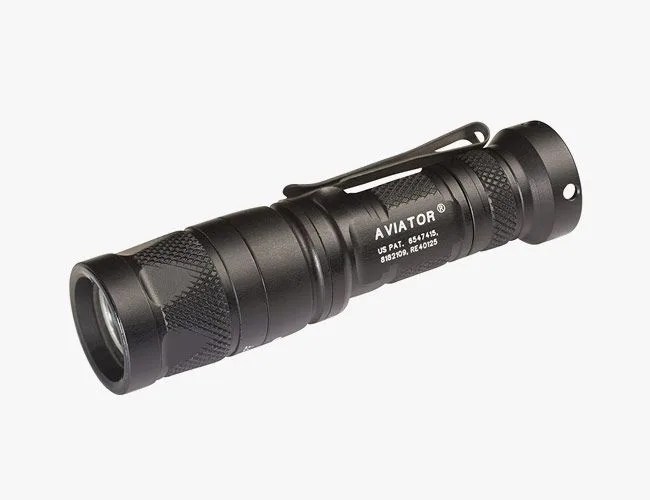Despite widespread furor over the devastation in Puerto Rico and seemingly untameable wildfires in northern California, most Americans remain woefully ill-prepared to deal with catastrophes — natural or otherwise. Nearly two-thirds of American households, according to a 2016 report by The National Center for Disaster Preparedness at Columbia University’s Earth Institute (NCDP), “do not have adequate plans for a disaster or have no plans at all.” Worse yet, over half of Americans are “not very confident or not confident at all that the government will be able to protect their community from a terrorist attack.” So, what does all this mean? It’s up to you — not FEMA, not the National Guard, not volunteer firefighters — to prepare yourself and your family for unforeseen disasters.
“Disasters can strike at any time,” says Jeff Schlegelmilch, deputy director of the NCDP. “Some simple steps to preparedness can be the difference between being able to care for yourself and your family, or being a victim of the disaster.” Clint Emerson, a retired SEAL Team Six Operator, author of the best-selling 100 Deadly Skills series and founder of Escape the Wolf, a crisis management company, agrees that Americans must become better prepared. “We are all first responders, whether we like it or not,” Emerson says. “Everyone needs to decide what kind of first responder they are — the one calling 911, the one stopping bad guys or the one stopping the bleeding. Survival is a byproduct of action, but proper action can’t take place without education and preparation.”
One of the simplest paths to improved disaster preparedness is to invest in proper gear, whether that’s the ultimate bug-out bag or just a handful of small, simple survival products. Below, Schlegelmilch and Emerson share a few of their most essential recommendations, as well as mainstays in their own disaster kits.
Midland ER310 Emergency Crank Radio
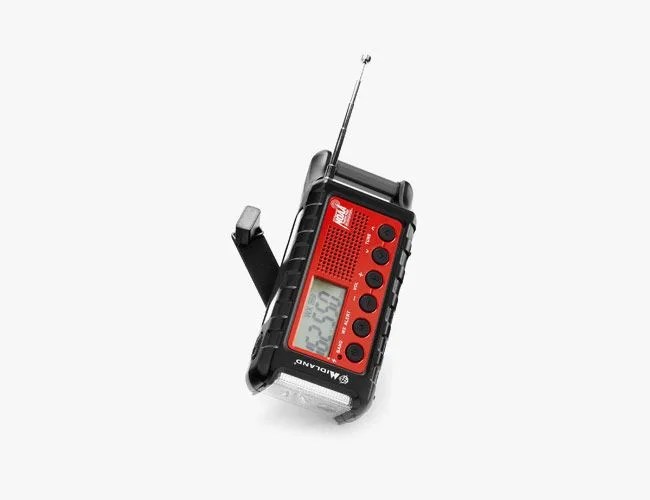
Emergency Radio: “The LED flashlight is powerful and good for moving around, and the solar panel is perfect to avoid having to frequently crank the charger during the day,” Schlegelmilch says. “In addition to the information you can get from the radio, having some music on in the background can really break the sheer silence that comes with a loss of power.”
